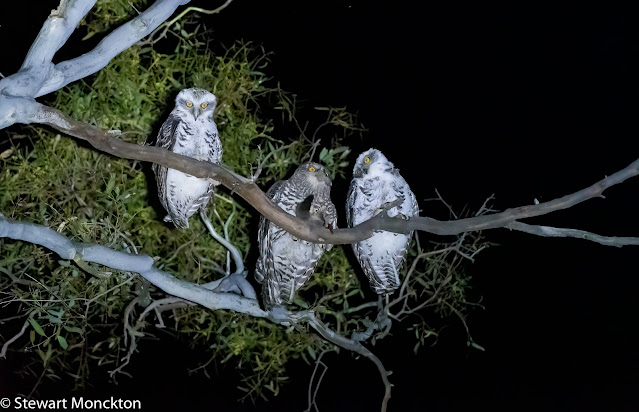Wednesday, 25 January 2023
Wild Bird Wednesday 548 - Eastern Yellow Robin
Tuesday, 17 January 2023
Wild Bird Wednesday 547 - Powerful Owl
You are invited to the Inlinkz link party!
Click here to enterWednesday, 11 January 2023
546 Wild Bird Wednesday - Pink Robin
The Pink Robin (Petroica rodinogaster) is a small - and rather round - looking robin that breed in densely vegetated gullies in moist eucalypt forests or cool temperate rainforests. This means that there breeding is limited to the South East of Australia, although they disperse out of these habitats after breeding.
Given the type of habitat they live in, they can be a bit hard to find - and having an ear for their call is a great help. The heavy tree cover in such areas also makes photography a bit of a challenge.
I may have encountered the 'we wave one wing at a time population' of this bird - as that seems a popular stance!
As ever, to join in with WBW click on the link below. SM
You are invited to the Inlinkz link party!
Click here to enterWednesday, 4 January 2023
Wild Bird Wednesday 545 - Southern Scrub Robin
Post 4 in my Robins of Victoria Series.
WBW for 2023 starts with the Southern Scrub Robin (Drymodes brunneopygia) which is a bird that lack the (often) characteristic red colouration of a bird called a robin. In terms of 'redness', the best the Southern Scrub Robin can do is the red/brown colour of its tail.
This is a bird of low, dry woodland with a patchy distribution along the southern edge of Australia. This is very much a ground dwelling species, often preferring to run the fly. As you can see from the pictures, this bird stays low to the ground and loves the cover of bushes. In a few of these picture you can also see the sequence of the characteristic tail flicks that this species has.
We discovered that this bird was guarding a nest, and we left it alone to do its breeding thing.
According to the bird books, the line through the eye and the pale partial eye ring give the bird a sad look. I am not convinced by this!
You are invited to the Inlinkz link party!
Click here to enter





























